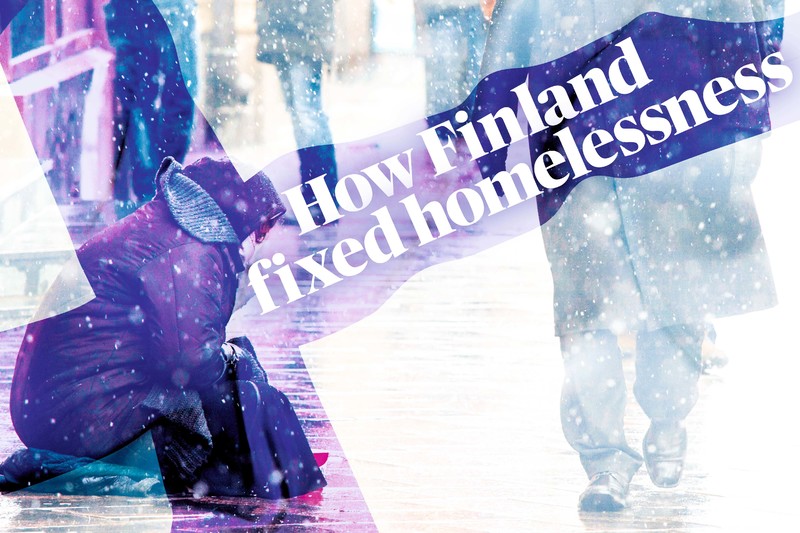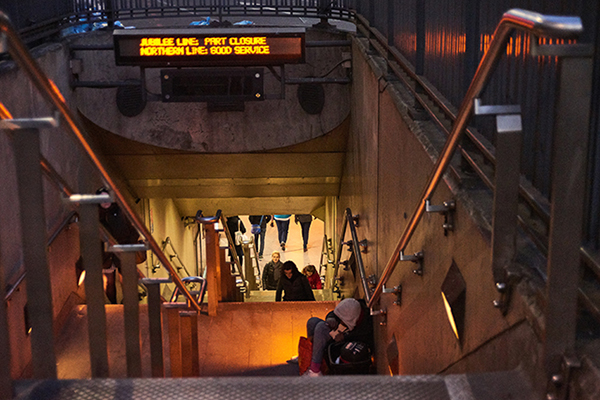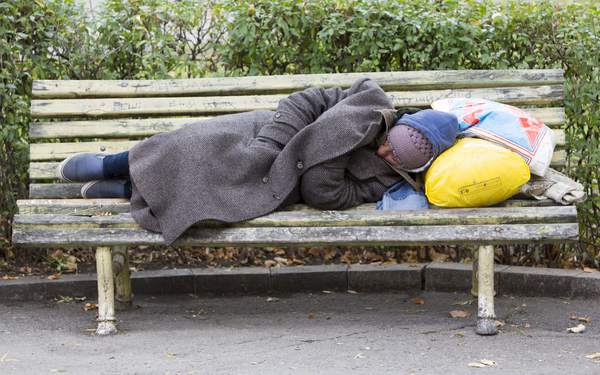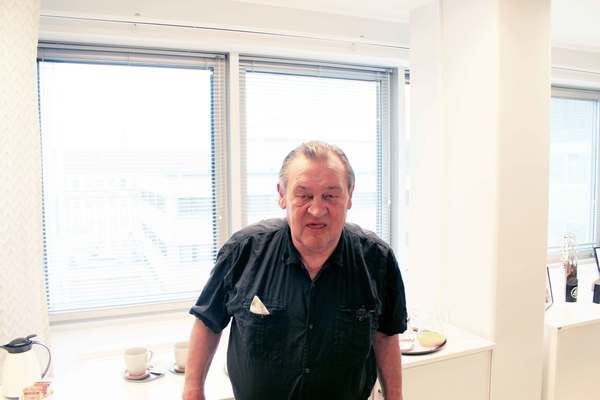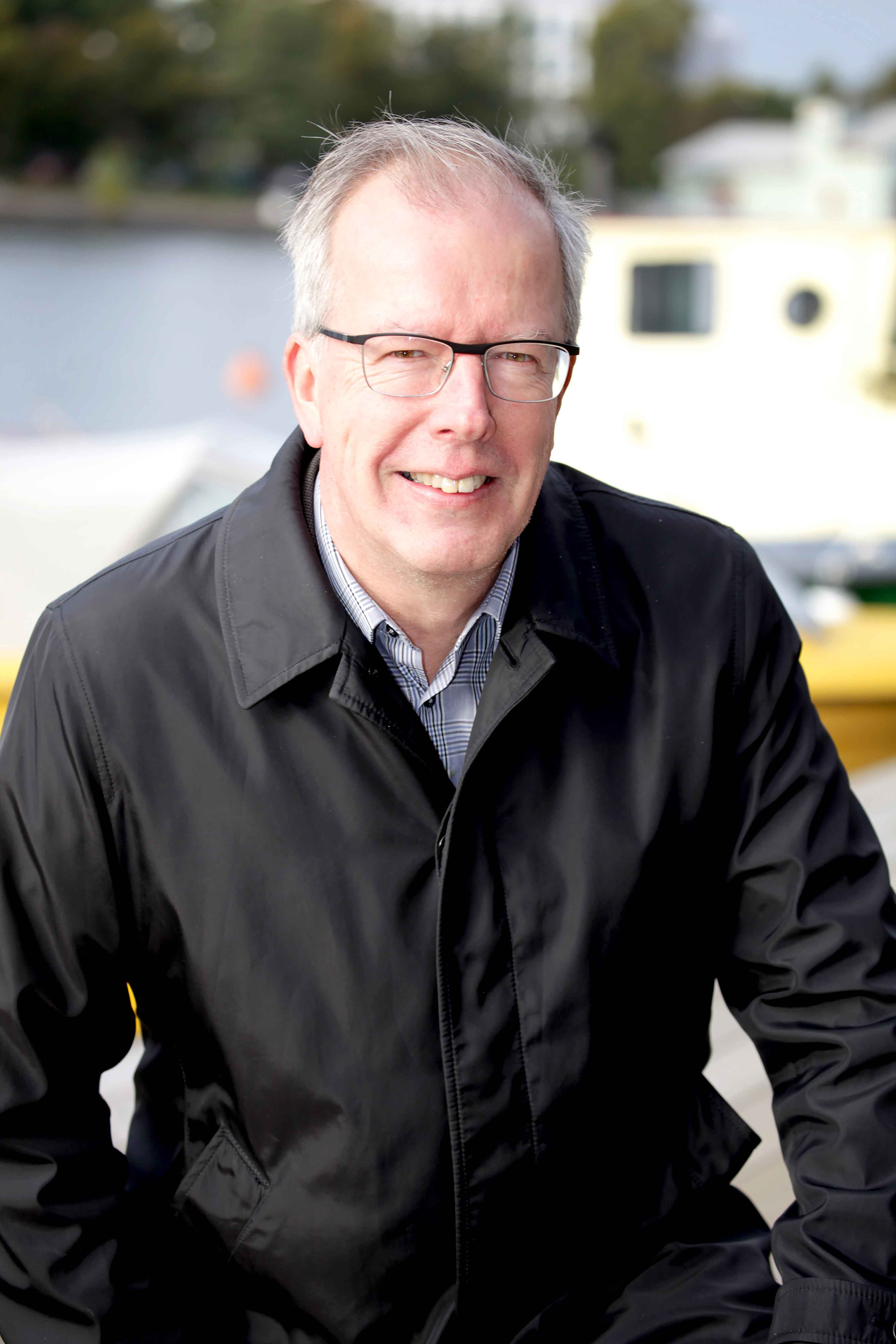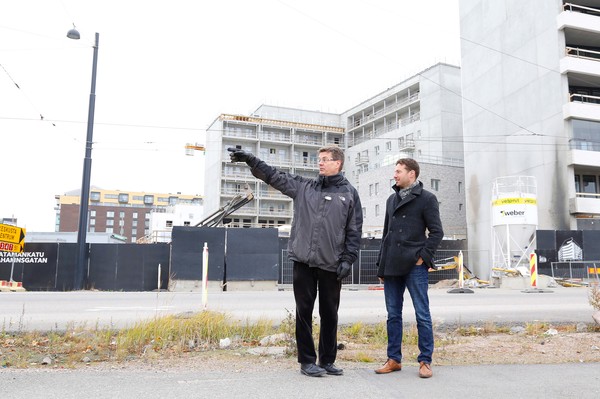How Finland fixed homelessness
Housing First turned Finland from a country with a severe homelessness problem into one with almost no rough sleepers. Gavriel Hollander finds out how. Pictures by Alamy
Matias Toivonen has little doubt what would have happened to him if he had not been given help to live in his own home two-and-a-half years ago. “I thought I’d be dead by now.”
The 64-year-old Helsinki resident’s life has undergone the kind of changes made possible by Finland’s revolutionary approach to what was once a major homelessness problem.
Housing First, a system first adopted in pockets of the United States in the 1980s (see box: Housing First), is based on a belief that vulnerable homeless people should initially be given a place to live and only then provided with the support services that are more commonly thought of as the first step to rehabilitation.
Mr Toivonen’s story is not an altogether unusual one. Having left his parents’ home in rural Vihti, around 30 miles to the north-west of Helsinki, (“I don’t like the countryside,” he tells me) to return to the capital in the 1990s, he spent his time between hostels, temporary accommodation and in an all-night café run by the No Fixed Abode charity. He had health problems, drank heavily and was occasionally aggressive. Eventually, he went lame and his leg was close to being amputated.
Between 2007 and 2013 he lived in a supported housing unit with around 50 other people before the Y-Foundation, a provider of rental accommodation that specialises in housing the homeless, helped him find his own flat. Joona Pöhö, a housing advisor with the Y-Foundation, explains that the organisation chose to take a chance on Mr Toivonen when it offered him a flat. “We knew he needed lots of support but we decided it was worth trying because he himself wanted to go,” he says.
This type of decision is at the heart of Housing First: the decision to target the most vulnerable and potentially most needy homeless people, and to set them up with a home at the start of the process of assimilating them back into society. It certainly appears to have had a dramatic impact, with rough sleeping all but eradicated from a high of 4,700 in the 1980s. This is partly why our Cathy at 50 campaign is calling for the UK to look at adopting Housing First here.
I’m in Finland to discover how and why the policy works, what difference it has made and how it could be replicated in the UK.
The story of Housing First in Finland dates back to the 1980s, when the Y-Foundation was founded. It was then that the country’s government decided to tackle a homelessness problem that had been growing exponentially throughout the post-War years. In 1987, there were 18,000 homeless people in Finland, out of a population still below five million.
That number was reduced to around 12,000 by the early 1990s but those being helped were not the most needy: the long-term homeless.
“Policy used to be much more short-sighted,” recalls Juha Kaakinen, chief executive of Y-Foundation.
“Before, when we were talking about homelessness it wasn’t about building more affordable social housing or targeted measures for homeless people; it was very much the thinking that these people needed support first and then they could [get everything else].”
In 2008, the government launched the national programme for the reduction of long-term homelessness, known as Paavo. The initiative was led by the so-called ‘Four Wise Men’ (see box: The Paavo scheme), with Mr Kaakinen acting as programme co-ordinator.
Paavo’s aims and methods were radical. The programme specifically targeted the long-term homelessness problem, with an aim to halve numbers by 2011 and end it entirely by 2015, doing so by, among other things, converting homeless shelters in Finland’s biggest cities into rental housing. The government also set targets for the number of new flats to be built to aid the programme in each of the 10 cities in which the policy was implemented.
While the most difficult cases, such as people with severe mental health problems, tend to be placed in supported housing units, albeit ones where they are rent-paying tenants, the principle is aimed at housing those who are able to get by with less support in ‘scattered’ housing, pepper-potted around communities.
Inevitably that can cause friction for existing residents, but there seems to be a willingness here to put society before the individual.
“Most Finns obey the law,” one young Y-Foundation employee tells me when I comment how - in contrast to London - everyone in Helsinki seems to wait for a green light to cross the road. Kimmo Tiilikainen, the minister for environment and housing, accepts that there are “practical problems” with the Housing First approach, but thinks the battle for hearts and minds has been more or less won.
“If neighbours can see that these people can manage their lives and make improvements, and they can see it really helps, then it’s acceptable to people,” he says. “We have a political consensus that homelessness is not right.”
That consensus was hard won, however. Jan Vapaavuori, Mr Tiilikainen’s predecessor, who implemented Paavo in the first place, admits to using some “political pressure” on at least two of the municipalities involved. But for the former minister, other factors were more important when it came to being allowed to develop innovative solutions to a long-standing problem.
“There is a strong consensus [behind the programme],” he argues. “The political argument is a combination. It’s not only good social policy; it has a big safety and security angle, as the more homeless people there are on the streets, the more unsafe the city is. And there’s an economic argument, too: taking care of these people is a good investment.”
Housing First
Housing First was developed as a new way to approach homelessness in Los Angeles in the late 1980s.
Schemes have followed in cities including New York, Chicago, Denver and San Francisco. In 2010 it was adopted as ‘best practice’ by the US Interagency Council on Homelessness.
Although the approaches across the different schemes vary, they retain some key features, including the concept of offering permanent housing as quickly as possible to anyone finding themselves homeless. The schemes are based on the principle that housing is a basic human right.
Housing First has also been adopted in parts of Australia, Canada, France and Japan. Although there have been small-scale trials in the UK, it has yet to gain traction. A 2008 report from Shelter cited a lack of supply as a key reason for this.
Mr Kaakinen estimates that each homeless person that is taken off the streets saves social and other services around €15,000 (£13,000) a year. Yet none of this could be done without funding and investment.
“All the flats we build for this programme are subsidised,” says Mr Vapaavuori, candidly adding: “I don’t think we could do it in a more market-driven system.”
So where does the money come from? A crucial part of the financial jigsaw is funding from Finland’s Slot Machine Association, which has supplied €50m to help purchase scattered housing developments. Furthermore, all affordable social housing in Finland is backed partly by government grant and partly by loans, capped at 1.7%, issued by the state-owned but independent Housing Finance and Development Centre. The fund is responsible for €6.5bn of loans.
“Without this [funding] system, we would not have succeeded in the homelessness programme,” states Peter Fredriksson, a senior advisor at the Ministry of the Environment and one of the key architects behind Paavo. “The revolution of the services wouldn’t have been possible without this money. It channels state money to municipalities; they did not need to put their own money in at all.”
In a way, this is the crux of why a Housing First-based system was both given the go ahead in the first place and has since proved a success. It is operating within a wider housing system that is designed to maintain mixed communities, and in which subsidies are still seen as playing a crucial role. In Helsinki, the situation is helped by the fact that the city owns more than 70% of the land. Jätkäsaari is a major development on a wind-swept peninsula of reclaimed land jutting out into the Baltic Sea from the south-west of the city. There, around 9,000 homes are being built in numerous phases, the last due to complete in 2025.
Although there are unlikely to be any ‘scattered’ housing units for the homeless here, the tenure mix speaks loudly to the local attitude to development. There is a roughly even split of market sale, private rent and social homes.
“Wherever we build we are trying to make a good social mix,” says Matti Kaijansinkko from the City Planning Department. “As long as the city is the landowner, that is working quite well.”
The Paavo scheme
The Paavo scheme in Finland was developed by the so-called ‘Four Wise Men’: Paavo Voutilainen, director of social welfare for the city of Helsinki; Hannu Puttonen, the former chief executive of the Y-Foundation; Dr Ilkka Taipale, one of the Y-Foundation founders and a former politician; and Eero Huovinen, bishop of Helsinki.
The Y-Foundation’s current chief executive, Juha Kaakinen, was the programme coordinator.
Although funding for development comes from central government, aided by the Slot Machine windfall, councils are called on to fund some of the services that are necessary to make Housing First work for the more vulnerable long-term homeless.
On the site of Finland’s first psychiatric hospital, in Lapinlahti in the west of Helsinki, the Alvi Association operates a supported housing unit for 23 residents with severe mental health problems. A team of 11 work around the clock on the site, costing the city €140 per resident per day. Yet here too, the Housing First principle of autonomy and self-reliance rules.
Residents plan their activities, including a shopping and cooking rota. They all pay rent for their apartments and have normal rental contracts that they must honour.
“These are their homes,” explains Juha Järvinen, director of the association. “We are working in their homes, they are not living in our workplace. When you leave space for [them] to decide what kind of life they want and how to get it, they are taking control. Our role is just to make them understand the possibilities.”
Housing First has brought Finland’s homeless population down to less than 7,000. The majority of those still homeless – around 80% according to Mr Kaakinen – are staying with friends or relatives.
“It’s a stunning result,” says Matt Downie, director of policy and external affairs at Crisis. “They used to have a bigger homelessness problem than we have.” Could the UK follow their lead? Mr Downie is sceptical. “We’ve got a system that is the exact opposite of Housing First. In Finland they made a strategic choice [to do this]; that allowed them to change everything.”
The stark numbers are impressive, but it’s in the individual stories that the success of Finland’s model can be seen. Matias Toivonen never dreamt he would have his own apartment, let alone be planning trips abroad, as he is now. His years on the street have left their mark, in hooded eyes and missing teeth. But he laughs as he speaks. “I did not imagine my life would be this good,” he says.
